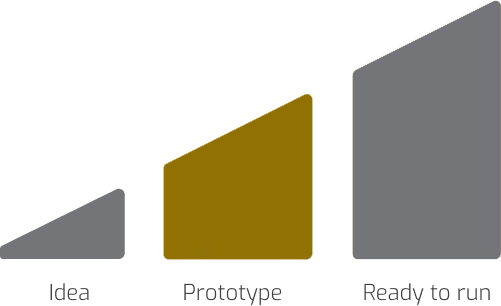DIY Noise Measuring Sensor
This service describes how to build an open-source based digital noise measurement system and measure noise polution in your urban area.
The OK Lab Stuttgart and the Citizen Science project luftdaten.info initiated a second measurement initiative next to fine dust measurement. In the second project the focus is on noise measurement in the cities. This initiative is dependent on data sponsors who are installing self-built measuring devices as well. From the transmitted data, luftdaten.info generates a constantly updated noise map worldwide. However the project itself is at the end of 2020 in a beta phase and the data amount is much lower than for fine dust measurements.
Similar to the fine dust DYI kit a detailed instruction of the noise measurement is available as well, which describes step by step all necessary parts and how the parts are assembled. A shopping list is included which consists of a micro controller, digital microphone, cables and some parts for the device protection. An own firmware is also already available, the user only have to install the necessary drivers and flash the micro controller. Finally the user can register their noise measurement sensor over luftdaten.info and become part of the constantly growing community. Their sensor data will be displayed on a growing map of participants which can be viewed here.
The value for the service user is the possibility to install a low cost sensor system to monitor the noise of his location. The installation and maintenance can be done by nearly everyone and do not require special programming skills. Moreover the user contributes with his data to a global community which has a long term vision of noise improvements, especially in urban & residential areas.
This service is available world wide. Some noteworthy locations are marked on the map
Click on the button to load the content from Mapbox API.
- Open source
The microphone sensor is collecting the noise data of the environment. This sensor data than flows over the web API to the central data storage of the service provider. The data will be than provided via web service and can be viewed on the end device.


